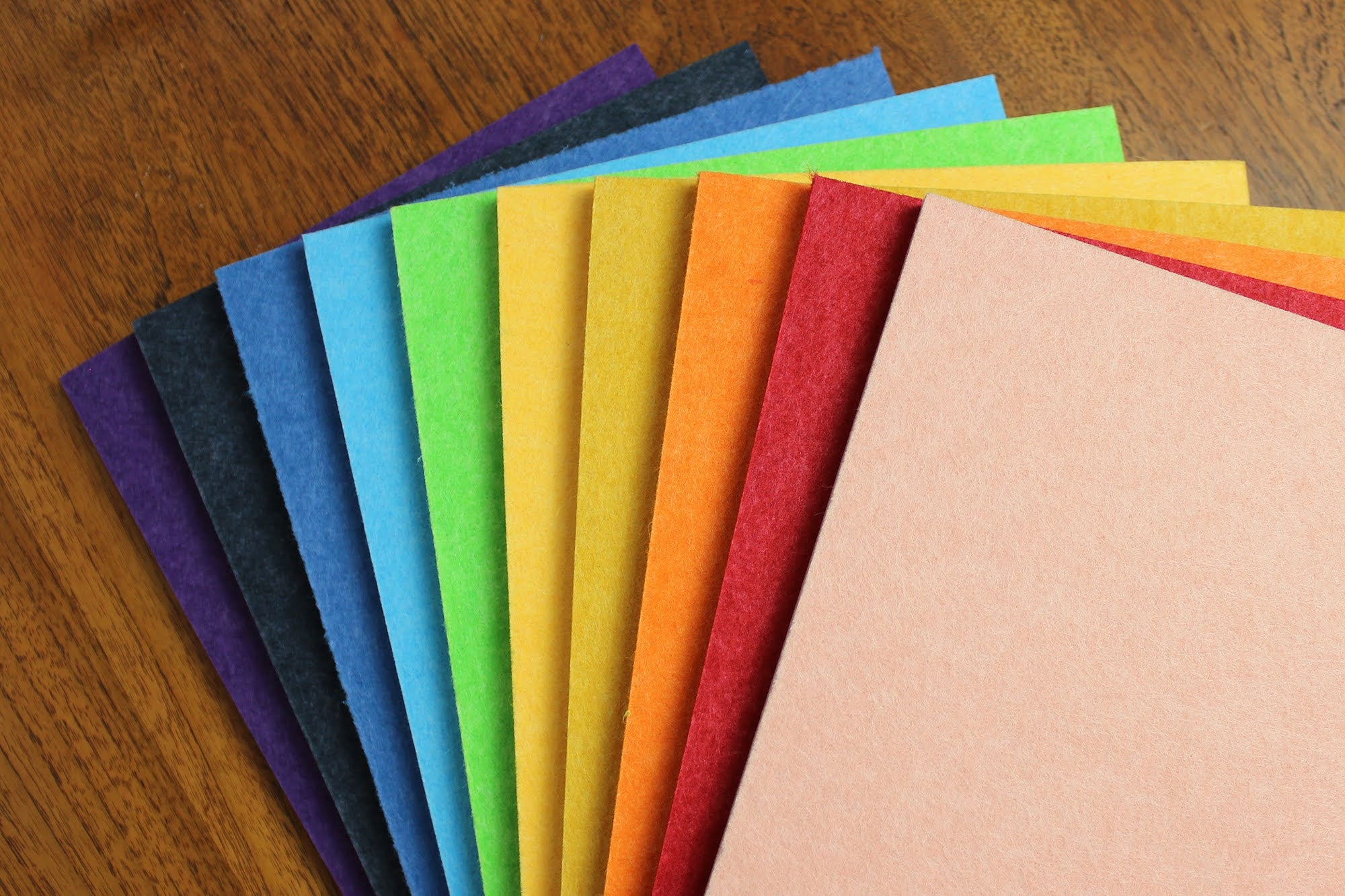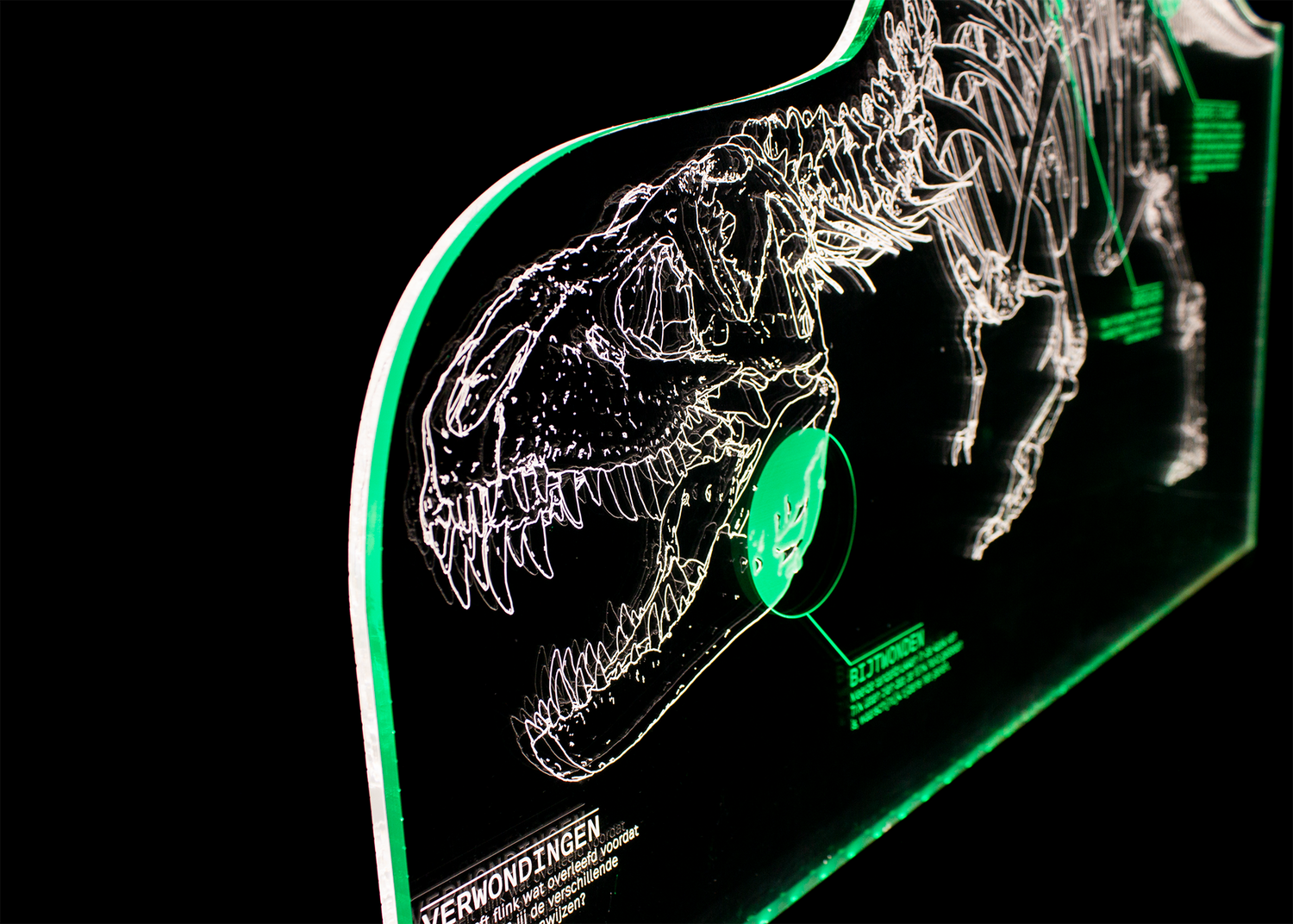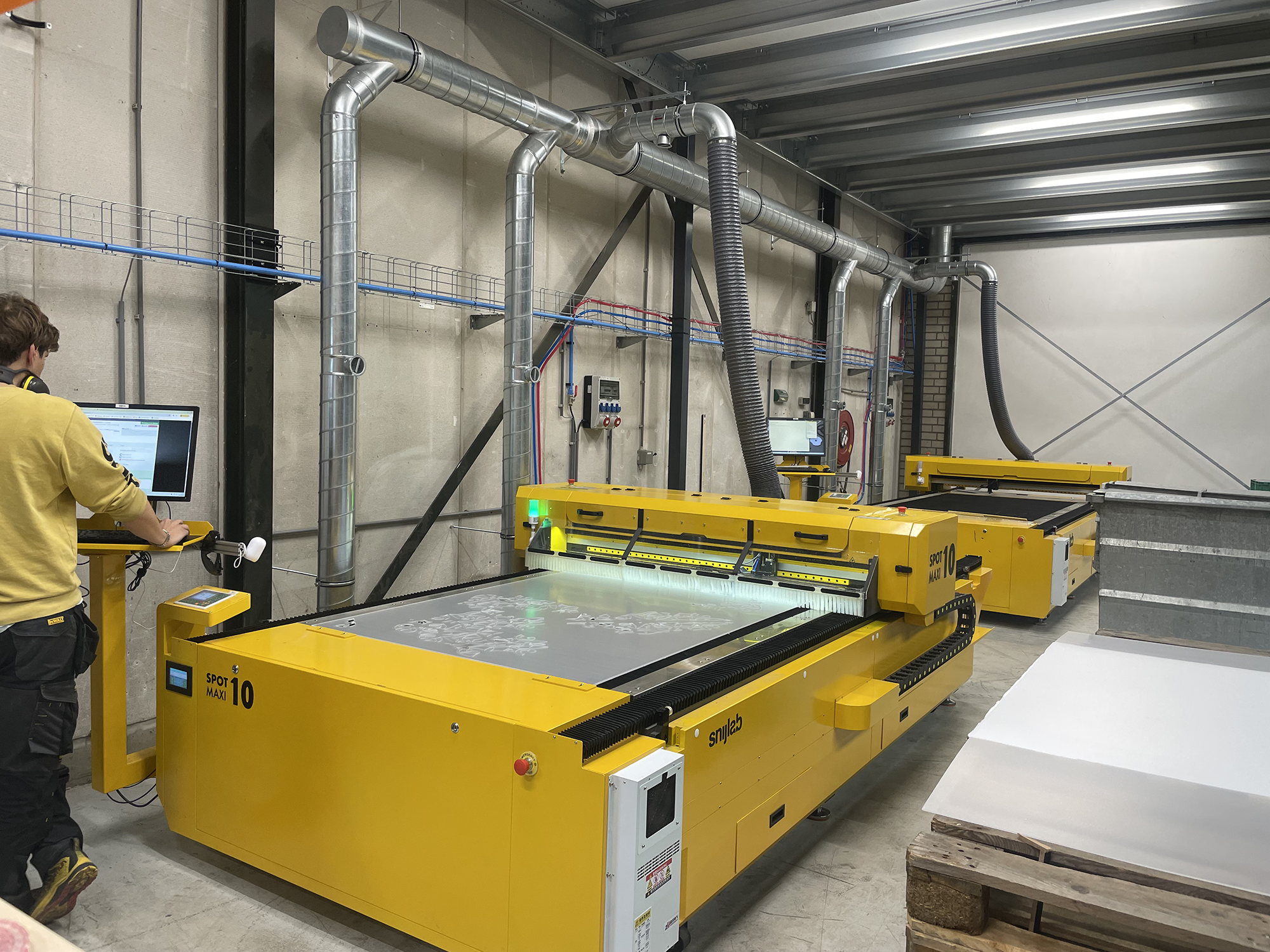How do you bring a drawing to life with light? We demonstrate this with this beautiful infographic by Lars about the skeleton of the dinosaur Trix at Naturalis. By cleverly layering line and surface engravings, combined with two colors of LED light, this panel clarifies where to look to discover what's so special about Trix.
In this blog post, you'll discover how edge-lit acrylic works, which materials you can choose, and how you can design your own illuminated panel. Whether you're working on a museum presentation, a billboard, or a prototype, this technique is surprisingly simple and delivers impressive results.
What is an edge-lit panel?
 Edge-lit literally means "lit from the edge." A strip of LED lights illuminates the panel from the side. Transparent acrylic conducts the light, refracting the rays only at the edges and engravings. This allows you to see through the panel while the engraving illuminates. This technique makes your drawing appear as if it is floating.
Edge-lit literally means "lit from the edge." A strip of LED lights illuminates the panel from the side. Transparent acrylic conducts the light, refracting the rays only at the edges and engravings. This allows you to see through the panel while the engraving illuminates. This technique makes your drawing appear as if it is floating.
You can take it a step further and place two or more acrylic sheets in a row, each on its own LED strip. If you give the LEDs different colors, the sheets will light up in those colors. To demonstrate this, we've created an example.
TRIX infographic panel

For this edge-lit panel, Lars drew inspiration from the Naturalis research institute and natural history museum in Leiden. One of the museum's highlights is the skeleton of Tyrannosaurus rex, Trix. This skeleton reveals a lot of interesting information, but Lars explains where to look to see it on this panel, using a second layer of color.
This panel would be perfect for a museum, as it illuminates in dark exhibition spaces. It's easy to read without blocking the view of the exhibits. The two layers can be used interactively; choose a color and the effect changes.
Who is the dino on this panel?

The dinosaur on this panel is Trix. Trix, named after Princess Beatrix, is the Tyrannosaurus rex from Naturalis. Unearthed in Montana, USA, in 2013 by the Naturalis team, it's a remarkable fossil for several reasons. It's the third-most complete T. rex skeleton ever found, and this large collection of bones reveals a wealth of interesting information.
Trix lived to be between 30 and 35 years old, making her the oldest T. rex ever found. She endured many experiences during her long life. At least four of her ribs were broken (and later healed), and traces of struggles with other T. rexes can be seen all over her body, even up to several weeks before her death. There are traces of infections in her jaw and leg. Her tail was also crooked, likely due to a birth defect or an injury at a very young age. That she lived to such a ripe old age is astonishing.
How did we make this edge-lit panel?

This panel is made of two acrylic sheets, with two separate LED strips underneath. The skeleton is a line engraving illuminated with white LED light. In front of it is an acrylic sheet with the skeleton's focal points in surface engravings, illuminated by a colored LED strip. We've created a mixing panel for it, allowing you to open and mix the colors red, green, and blue. Our favorite color for Trix is green.

The skeleton is made as a line engraving, so it appears as a clean line drawing that illuminates brightly and is clearly visible. The markings in the colored layer are plane engravings; the name suggests these are areas that illuminate. Both layers, whether line or plane engraving, are less distinct because there's less contrast. By combining the two types of engravings in this way, this image communicates effectively.
What materials can you use to make edge-lit signs?
 |
 |
Examples of line and surface engraving in matt, clear and fluorescent acrylic
For an LED-lit sign, clear acrylic works best. Choose a thickness that fits your light strip or LED holder, and be at least 3 mm thick. You can use both line and surface engravings; choose whichever best suits your design, or combine them.
Below you can see how different types of acrylic work as an edge-lit sign with green LED light. You'll see that clear acrylic achieves the greatest effect and contrast. Fluorescent green and orange naturally amplify light rays on edges and engravings, creating the same effect even without an LED lamp. Matte (or frosted) acrylic offers less contrast but could be an option depending on the design. Colored or mirrored acrylics are not recommended for this application, as they have virtually no effect.
 Material examples in a green-lit edge-lit holder, from left to right: clear acrylic, fluorescent green acrylic, fluorescent orange acrylic, frosted clear acrylic, anthracite mirror acrylic.
Material examples in a green-lit edge-lit holder, from left to right: clear acrylic, fluorescent green acrylic, fluorescent orange acrylic, frosted clear acrylic, anthracite mirror acrylic.
Want to illuminate your own sign with LED? How do I order an edge-lit panel?
We hope we've inspired you. Want to have your logo illuminated on a sign, hang a sign, or create an informational panel? These and other creative ideas can easily be laser cut at Snijlab.
You'll need a profile or holder that holds an LED light strip and a piece of acrylic. Then, draw your design according to Snijlab's drawing guidelines and upload it to your account. Choose the right material—we recommend clear acrylic from 3 to 6 mm—and order. If you're having trouble or would like to discuss your design, please feel free to contact customer service .















































